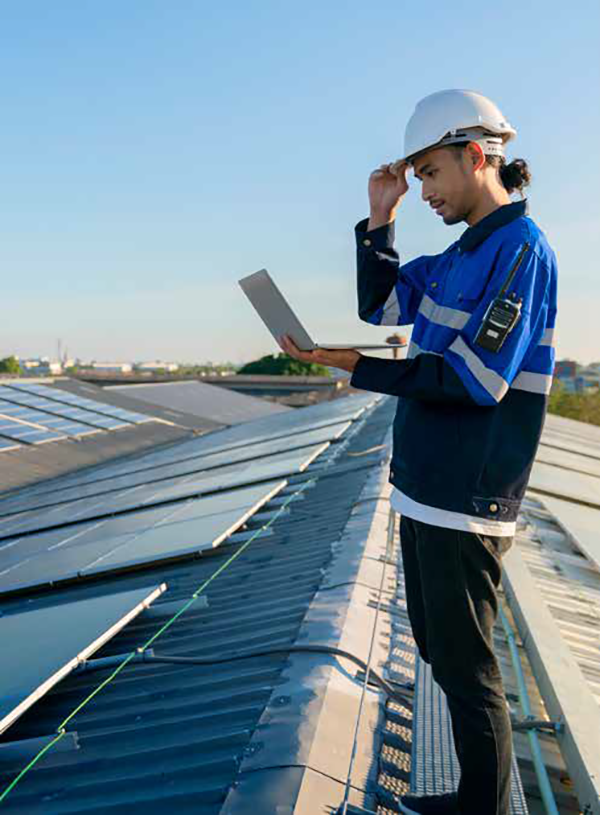In early December, the U.S. Department of Energy (DOE) announced a new rule to electrify and reduce greenhouse emissions from new or newly renovated federal buildings.
Renewable research portfolio
These projects are part of DOE’s nearly $100 million renewable power research portfolio that invests in innovative, cost-effective solutions to minimize wildlife impacts—and maximize the environmental benefits—of renewable energy technologies. As renewable energy deployment grows to combat the climate crisis and achieve President Biden’s goal of net-zero carbon emissions by 2050, DOE is supporting research to ensure renewable energy deployment also benefits native wildlife and ecosystems.
On-site emissions
In its commitment to combat climate change, the Biden-Harris Administration aims to have these facilities reduce their on-site emissions associated with building energy consumption by
90% by 2025 compared to 2003 levels. And by 2030, the standard aims to fully decarbonize on-site emissions from new federal buildings and major renovations. Adopting cleaner technologies and actions taken by the government are necessary to achieve President Biden’s goal of net-zero emissions in all federal buildings by 2045.
U.S. Secretary of Energy, Jennifer M. Granholm, expressed: “Ridding pollution from our buildings and adopting clean electricity are some of the most cost- effective and future-oriented solutions we have to combat climate change.”
Leading by example
The Biden-Harris Administration is leading by example in the effort to meet the nation’s climate goals. This is the first time the Energy Office has established a firm schedule. This for reducing the carbon footprint of new and existing federal facilities.
More than 25% of federal carbon emissions come from buildings. These buildings present a significant source of greenhouse gas emissions in the United States. Over the next 30 years, the new standard would reduce carbon emissions from federal buildings by 1.86 million metric tons and methane emissions by 22.8 thousand tons. Roughly equivalent to the emissions generated by nearly 300,000 homes in one year. DOE estimates that reducing emissions in federal buildings will save taxpayers $8 million annually in upfront equipment costs.
Electrification of federal buildings
Accelerating the electrification of federal buildings by phasing out fossil fuels for end uses such as:
- heating
- water heating
is the primary objective of this new DOE-proposed rule.
The Department of Energy established a petition process for buildings with concerns. Regarding technical feasibility for specific applications within a given structure and climate zone. That is why the rule will not penalize agencies that use fossil fuels to conduct mission-critical activities, such as homeland security.
Ecological transition and social support
DOE is committed to ecological transition and social support, so after implementing the rule, they will open a comment period to all entities affected by the change. The department hosted a webinar to explain the new standard’s proposed scope and implementation schedule. In turn, they will also provide information on the Appliance and Equipment Standards Program. This to implement minimum energy conservation standards that will reduce waste. And will provide U.S. citizens with a utility bills and cost savings.
In addition, the first energy and climate performance standard for all existing federal buildings in the country was announced. This means that the conjunction of the two new standards will drive the decarbonization of new and existing federal buildings.
It can be of your interest: January 2023 – The ESG’s impact around the world for the ecological transition


